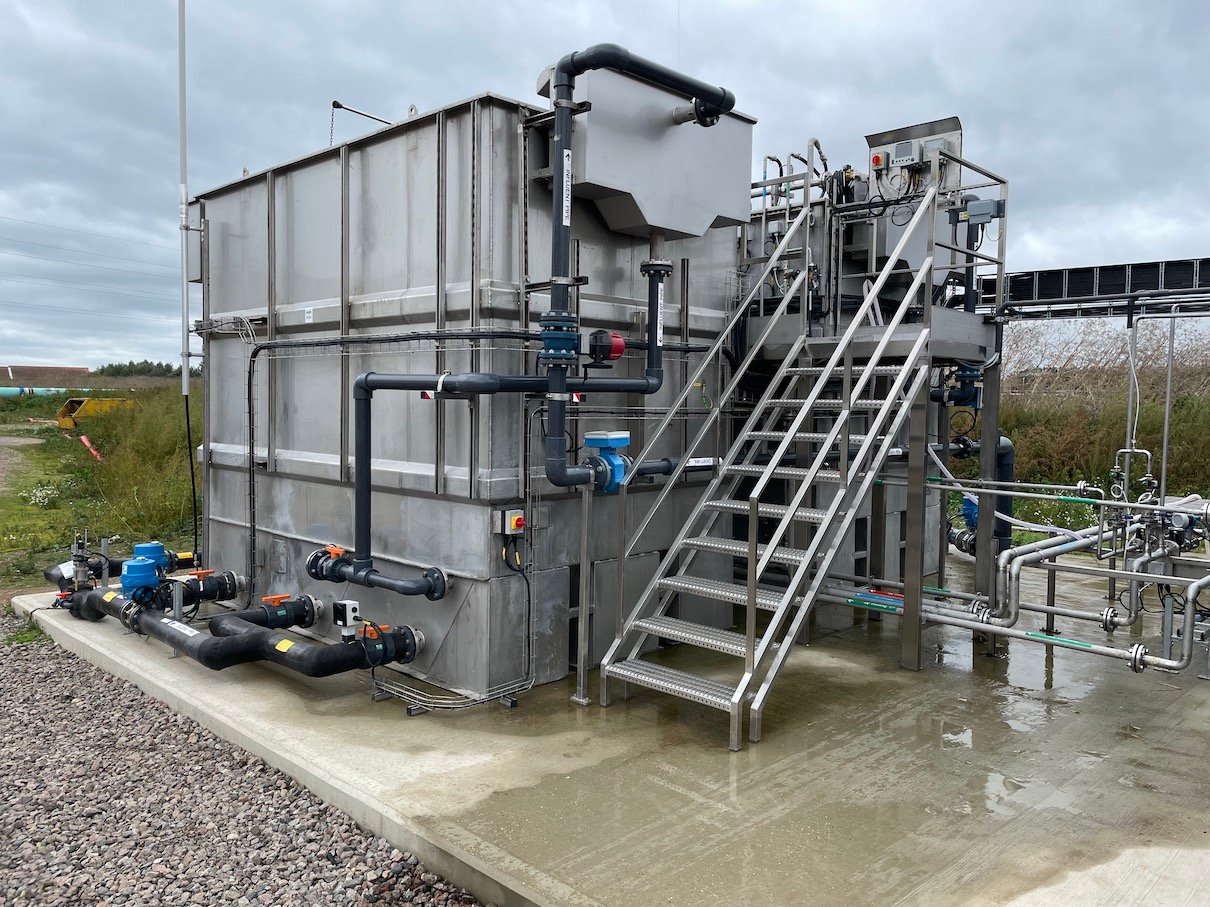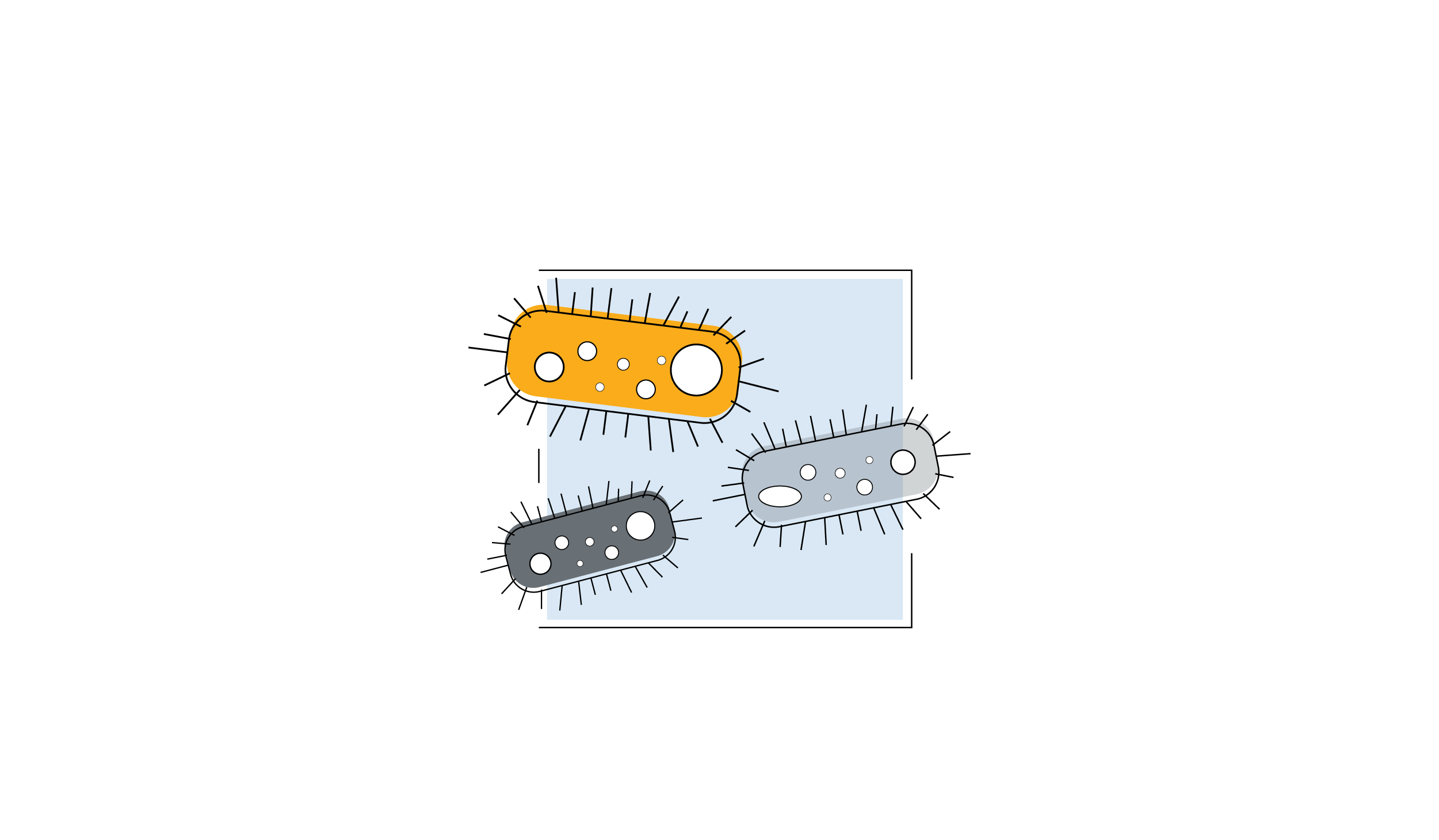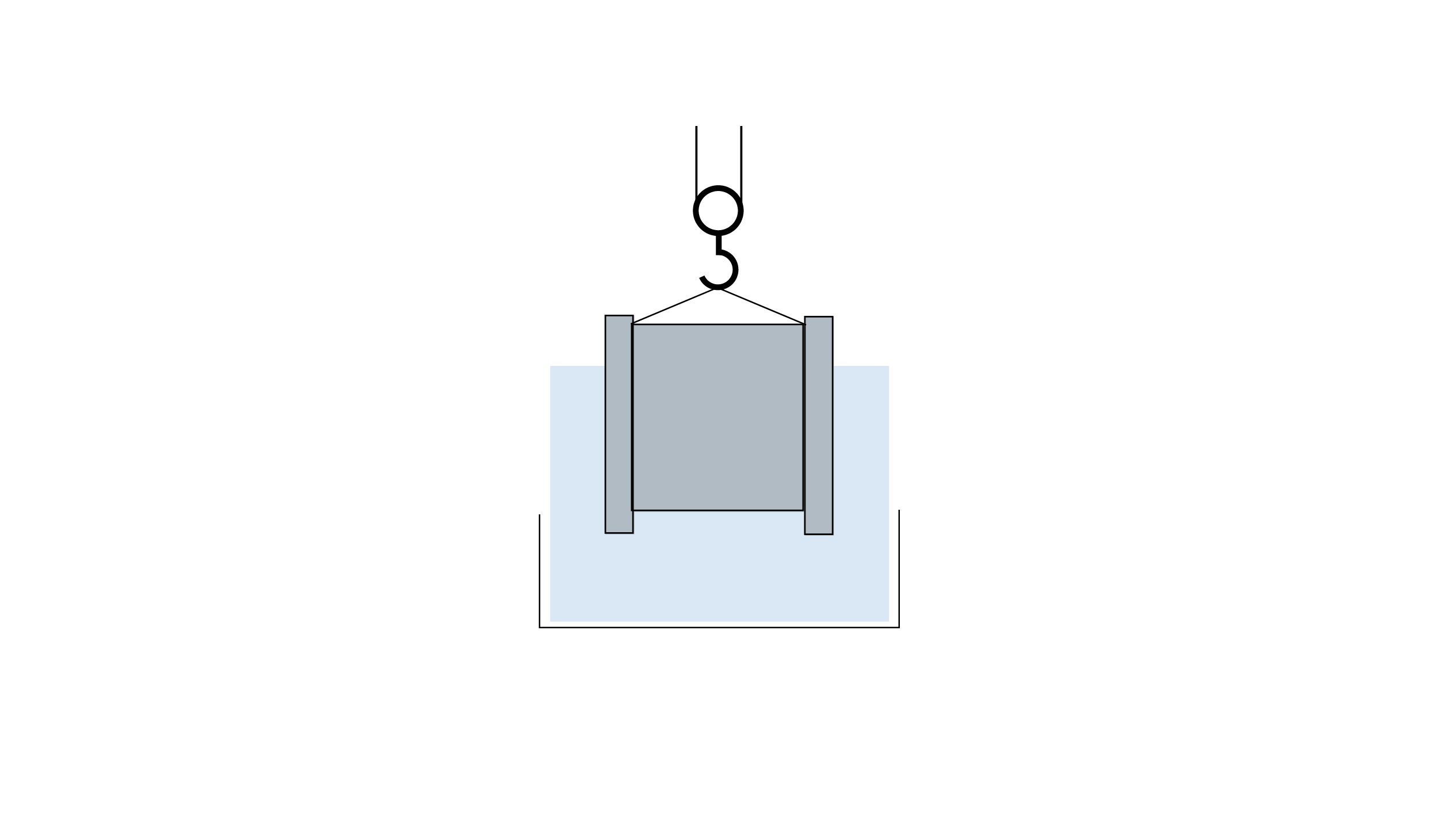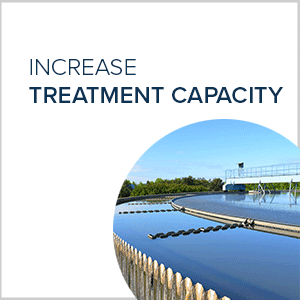When is an MABR not an MABR?
For a successful technology, reality must take precedence over public relations, for nature cannot be fooled."
-Richard Feynman's referring to the laws of Nature"
The MABR is gaining a lot of attention recently for use in Water Resource Recovery Facilities and rightly so, as it can potentially expand the capacity of existing plants without the need for capital investment, while at the same time reducing the relative energy demand. This ground-breaking treatment technology which can achieve simultaneous nitrification and denitrification with reduced sludge generation now has installations in all corners of the globe.
With the increased interest, comes pretenders, or those that claim to be the real deal but fail to deliver. So how can you identify the fakes? Here are four facts you should know about the real MABR.
-
Sufficient air supply is required.
Natural ventilation which was once common in trickling filters has been replaced by forced ventilation, due to the rate of oxygen utilisation by the biofilm being much higher than is possible with natural ventilation. The same principle is also applicable in the MABR, where a sufficient air supply is required to maintain a high rate of biological activity. The rate of biological activity is much higher in an MABR when compared with other biofilm technologies as it is possible to make use of all the biofilm, not just the surface. The membrane configuration will, therefore, have a significant influence on the pressure and flowrate of air supplied. Membranes which are very long or have a small internal volume will be depleted of Oxygen very quickly, and while this does result in very high Oxygen Transfer Efficiencies, this must be balanced against a significantly decreased Oxygen Transfer Rate and subsequent reduced treatment capacity. There is not much point in having a state-of-the-art oxygen transferring membrane, which is not transferring any oxygen. Therefore, a sufficient air supply is required to ensure high treatment rates and reduced tank volumes.
- There must be a biofilm.
While an MABR module can be placed in an activated sludge tank and work in combination with the suspended biomass an MABR without a biofilm is just an aeration device, and the additional treatment capacity which could potentially be provided by the biofilm is not being utilised. It is crucial when designing and operating an MABR to know how much of the load is being removed by the biofilm attached to the surface of the membrane and if used in an IFAS style configuration, how much is attributable to the biomass in the mixed liquor. These different microbial populations can be designed to work in unison to achieve process outcomes such as simultaneous nitrification-denitrification or nitrification capacity in activated sludge systems designed with low sludge age. A membrane aeration module without a biofilm displaces mixed liquor and reduces the treatment capacity of existing systems. The installation of an MABR should double treatment capacity within the volume occupied by the MABR module to make the investment worthwhile. - A biofilm control system is necessary.
In contrast to no biofilm, a system without biofilm control will not be able to ensure long term operation. Uncontrolled biofilm growth will lead to biofilm overgrowth and module clogging, preventing water flowing over the biofilm surface. This results in the wastewater bypassing the module completely. Biofilm control is executed by removing the outer layers of the biofilm usually through a short burst of coarse air bubbles. When this is carried out depends on the biofilm growth rate, so measurement of the biofilm thickness provides information on when is the best time to scour the biofilm. An MABR without biofilm control is doomed to fail. - Good mixing is essential
A good mixing system is required in the MABR to provide contact between the pollutants and the attached biofilm. In the MABR the membrane and hence, the biofilm is fixed in position; therefore, the water must flow around the biofilm. Turbulence helps promote high rates of mass transfer and innovative module design can ensure that a minimum amount of energy is required to achieve this. By reusing the exhaust air and ensuring the membranes themselves provide additional turbulence by breaking up laminar flow between membranes, it is possible to maintain high mass transfer and hence high removal rates.






